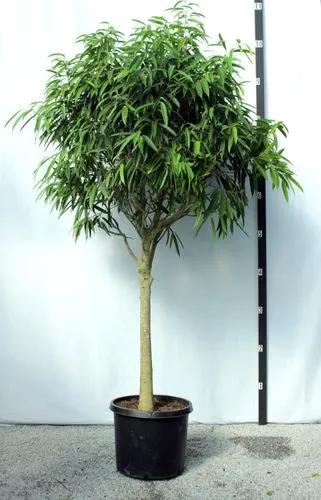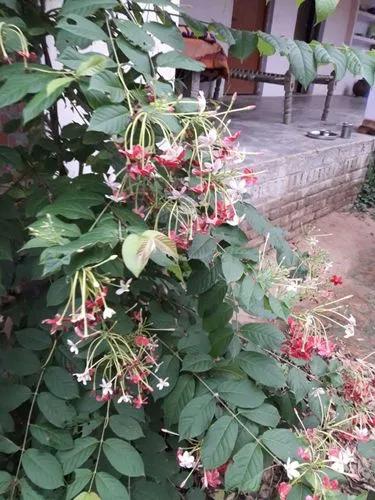Though varying considerably in appearance (see gallery below), these species generally have thick, stout stems and fleshy leaves, sometimes with epidermal windows. Peperomia flowers typically come in yellow to brown conical spikes. These tropical perennials are grown for their ornamental foliage. They are mostly natives of tropical America. They are compact and usually do not exceed 12 inches (30 cm) in height. They vary considerably in appearance. Some have threadlike, trailing stems and some have fleshy, stout stems. The leaves are smooth and fleshy and may be oval with the leafstalk at or near the center of the leaf blade, or they may be heart-shaped or lance-shaped; their size may vary from 1–4 inches (2.5–10.2 cm) long. They may be green or striped, marbled or bordered with pale green, red or gray, and the petioles of some kinds are red. The tiny flowers are unnoticeable and they grow in the form of cordlike spikes. The fruit is a berry that eventually dries out and shows the pepper-like seed.
Red Ecuador Peperomia Care
Red Ecuador Peperomia



How to Care for the Plant

Water

These plants like regular watering but not to the point that the soil gets soggy. Allow the soil to dry to the touch in between waterings. And slightly cut back on watering in the late fall and winter when the plant is not actively growing.

Pruning

Pruning your peperomia plant isn't usually necessary. But you might want to prune back the plant if it stretches taller than a foot. Use a sterilized knife or scissors. The goal of pruning is to maintain the size you desire, though heavy pruning should be avoided as it will permanently damage the plant and inhibit growth. Cut off dead or damaged growth as needed.

Fertilizer

Fertilize every other week during the growing season (spring to fall) with a diluted liquid fertilizer, or use slow-release fertilizer pellets at the beginning of the growing season. Do not fertilize in the winter.

Temperature

Most Peperomia plants should be kept in bright, indirect sunlight, in temperatures of between 65-80 °F.

Additional

Thankfully peperomia plants are entirely safe for humans and pets. There is no danger to your pets from contact or ingestion.
His small-growing Peperomia is a real gem with red stems supporting succulent, ovate, glossy red leaves with a green window on their upper surface. The inflorescence is a greenish spike with a mousy odour on a red peduncle. Native to dry mountains of Southern Ecuador.
Popularity

18 people already have this plant 13 people have added this plant to their wishlists
Discover more plants with the list below
Popular articles






